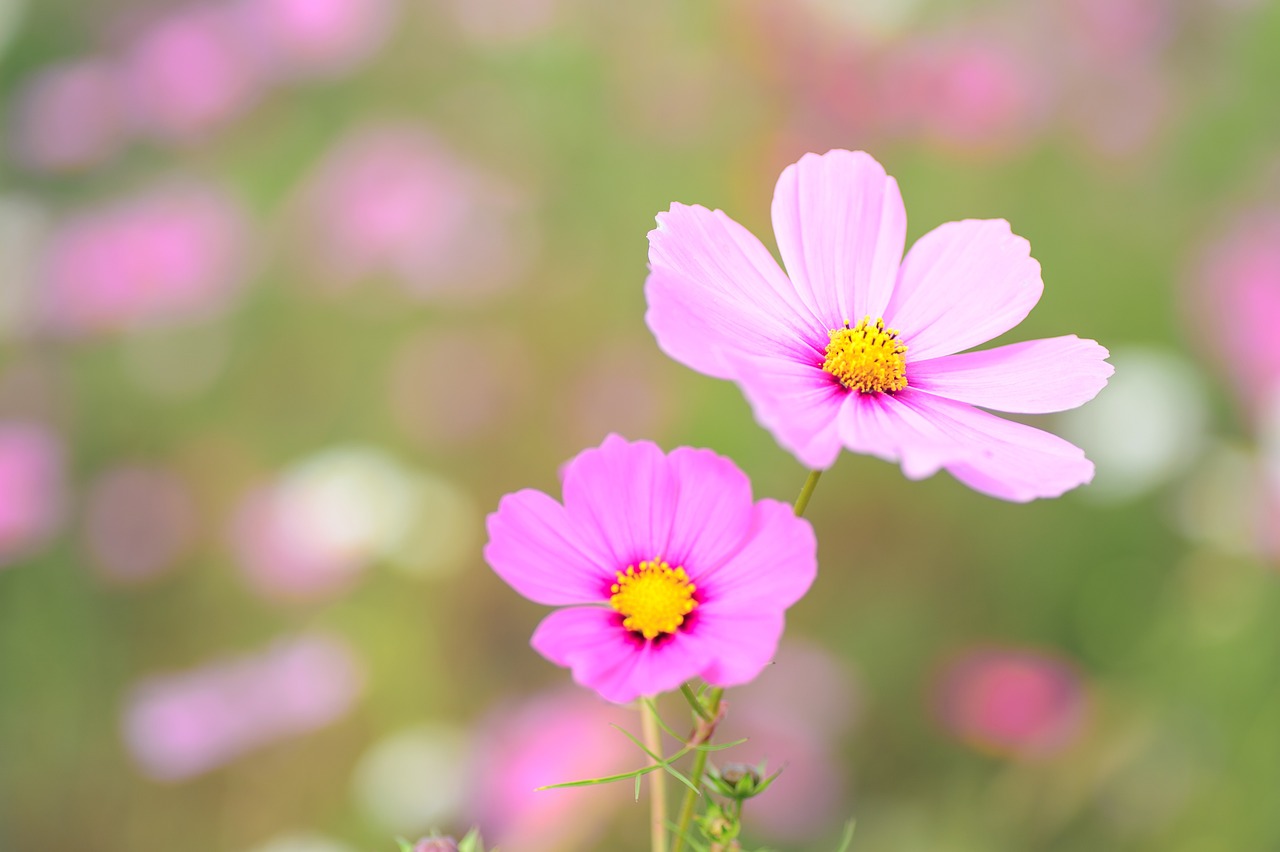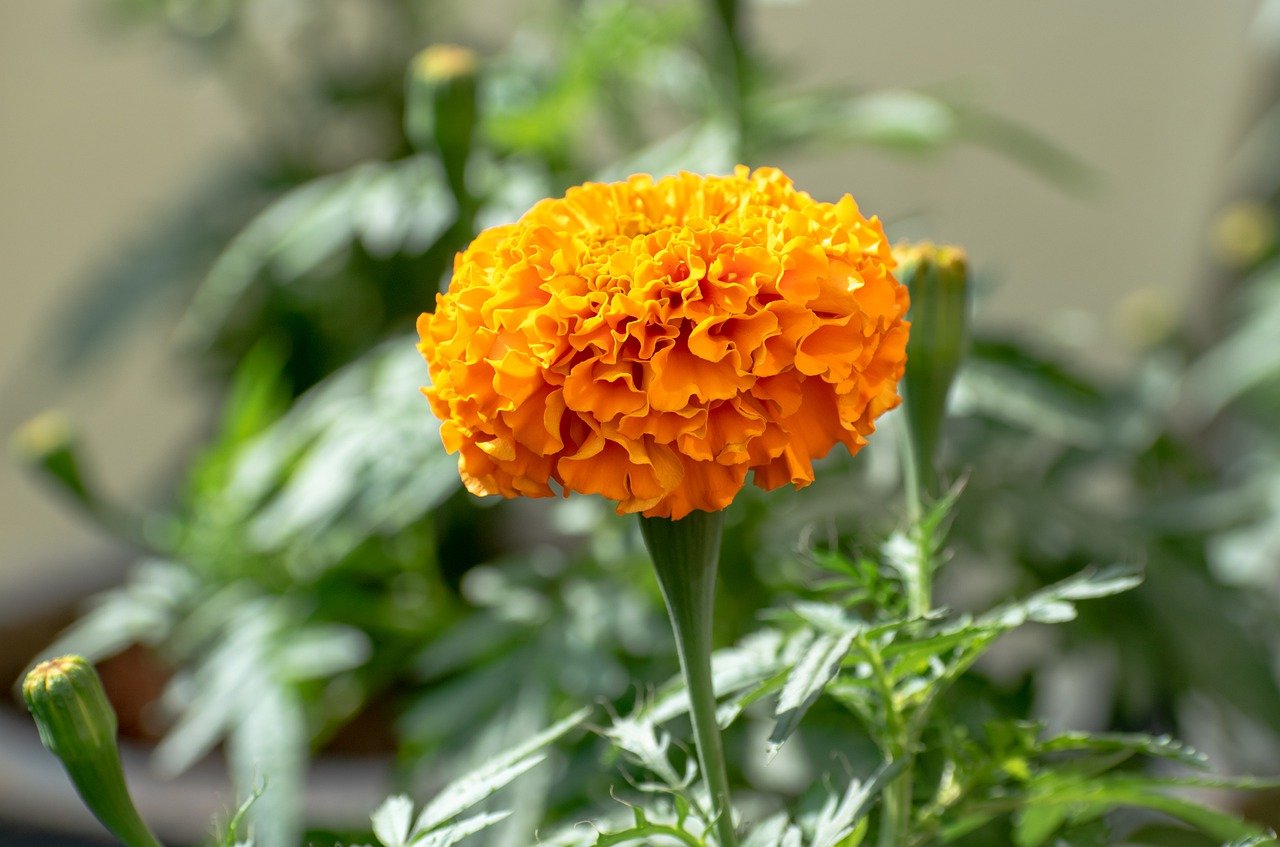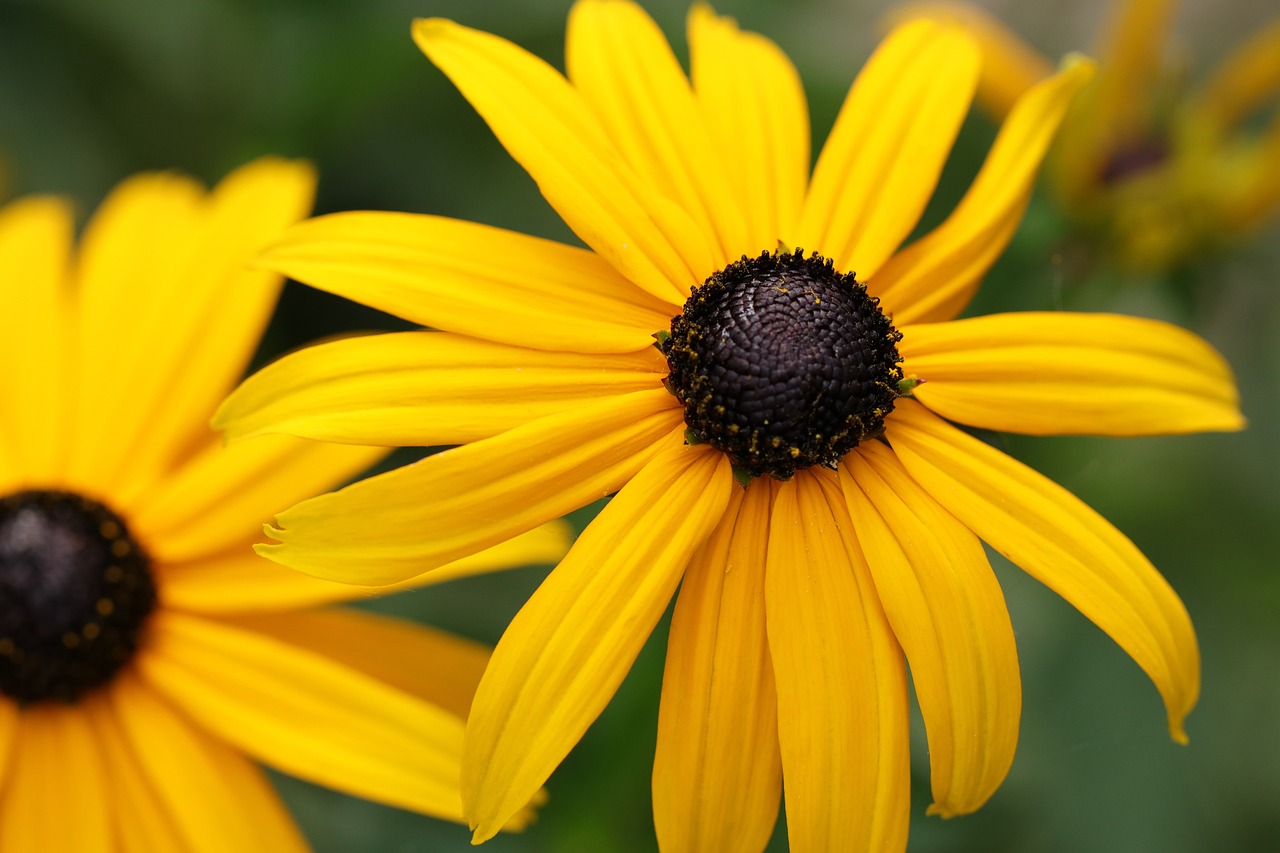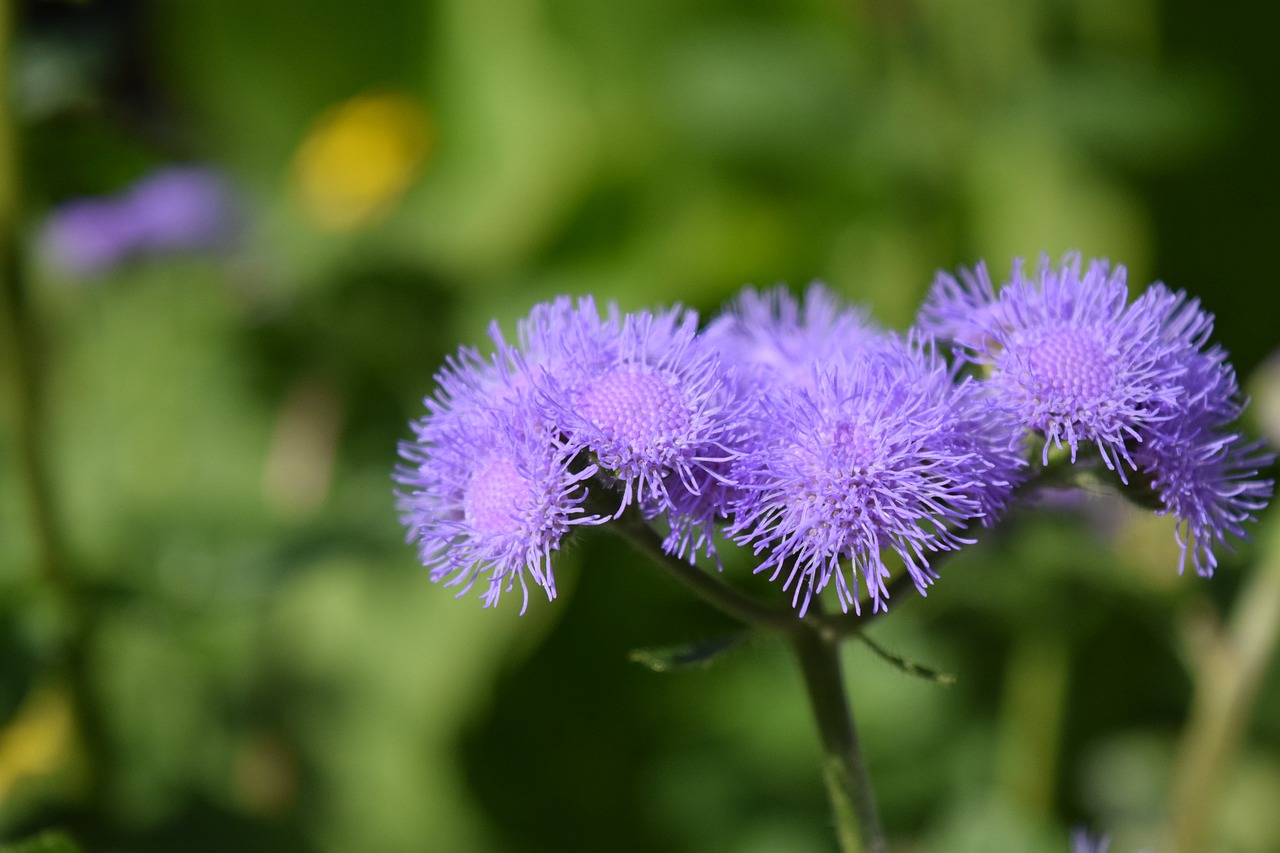Dwarf Thistle | A Delicate Guardian Blooming in Europe
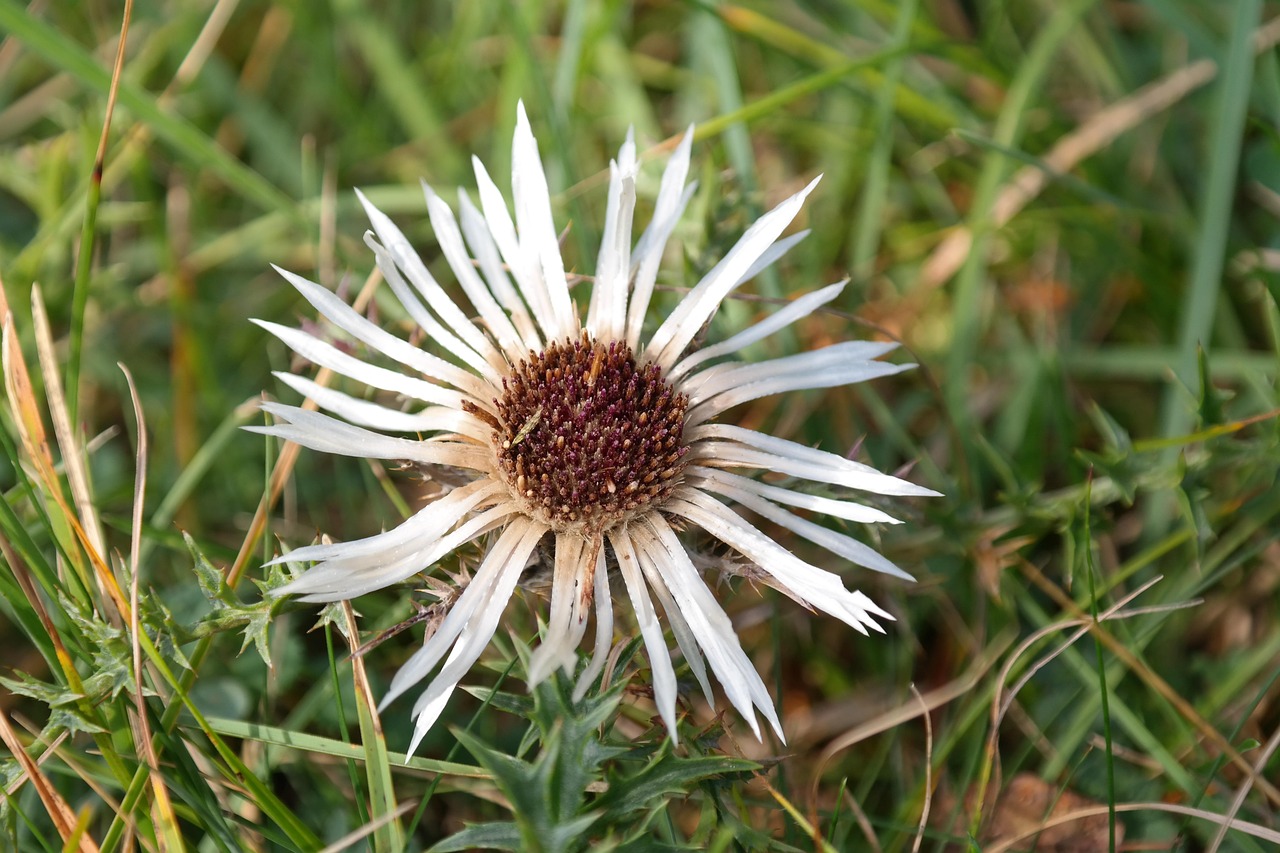
The dwarf thistle is a perennial plant that extends its flower stem from a rosette of leaves lying close to the ground, producing vibrant purple blossoms.
Because of its low stature and distinctive form, it has long been appreciated as an accent in wildflower plantings and rock gardens.
In this article, I will provide detailed information about the dwarf thistle, including its basic characteristics, cultural and historical significance, and practical advice for cultivation.
Basic Information
- Scientific name: Cirsium acaule
- Family: Asteraceae
- Origin: Europe
- Appearance: The leaves form a radial rosette with sharp spines. The flower stems are extremely short, and from early to mid-summer, they bear compact, spherical purple flowers characteristic of thistles.
- Blooming season: June–August
Cultural Significance Across the World
The dwarf thistle has long grown in the grasslands and hills of Europe, making it a familiar wildflower to local communities.
In countries such as the United Kingdom and Germany, it is valued as part of nature reserves and traditional meadows, representing untouched nature. Its presence along pastures and roadsides often appears in pastoral paintings and poetry as a symbol of idyllic rural life.
Because of its unique form and modest size, it is also used in naturalistic gardens and rock gardens, offering a touch of wildness to cultivated landscapes. Today, it continues to draw attention as part of modern approaches to gardening that incorporate wild plants.
Historical Background
The dwarf thistle has been known in Europe since ancient times, and it appears in medieval herbals and botanical manuscripts.
As one of the smaller thistles, it has also been called the “stemless thistle.” In medieval Europe, thistles symbolized protection, and the dwarf thistle was likewise associated with defense and guardianship of the land. Among farmers, its seasonal flowering in meadows was regarded as a familiar sign of nature’s rhythms.
During the 18th and 19th centuries, with the progress of plant taxonomy, it was widely collected as a specimen and contributed to the development of natural science. Even today, it remains relevant in botanical research and conservation efforts in Europe.
Gardening Advice
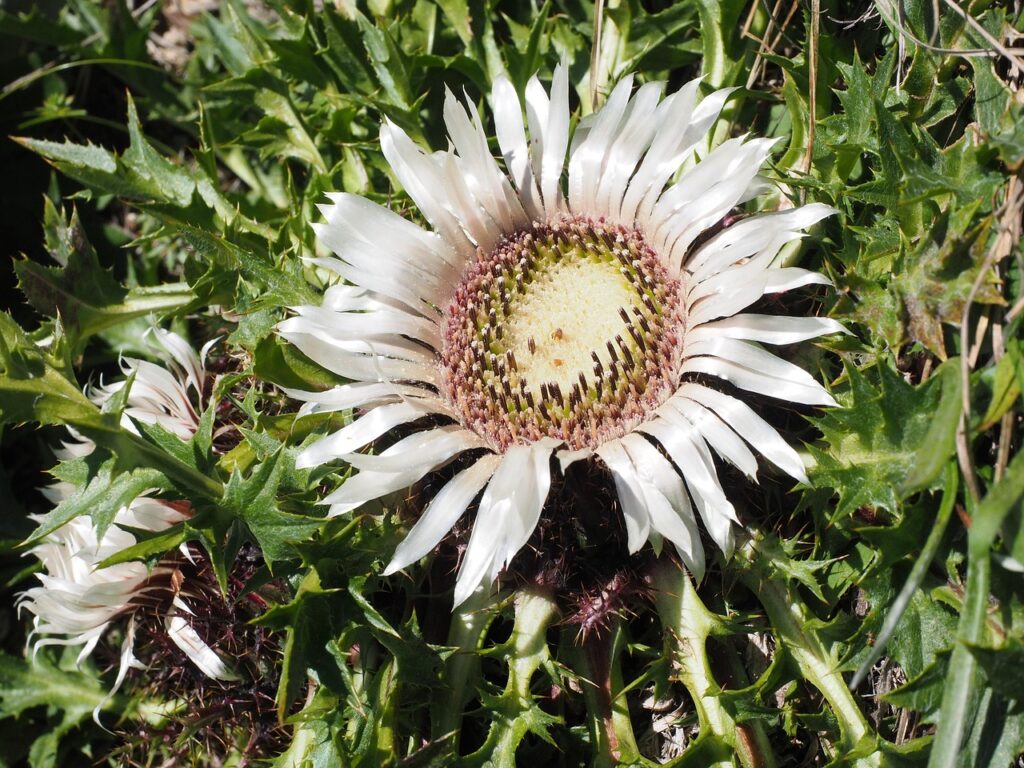
The dwarf thistle combines a wild character with suitability for gardens and rock landscapes. Key points for cultivation include:
Sunlight
Prefers full sun for healthy growth.
Watering
Tolerant of dry conditions, but occasional watering is needed during prolonged drought. Avoid excessive moisture to prevent root rot.
Soil
Requires well-drained soil such as sandy or loamy soil. Clay-heavy soil should be improved for drainage.
Fertilizer
Needs little fertilization; compost or leaf mold as a base fertilizer is sufficient. Additional feeding is usually unnecessary.
Pruning
Not required, but removing spent flowers helps maintain appearance.
Cold hardiness
Very hardy and withstands frost and snow without special winter protection.
Conclusion
The dwarf thistle is a perennial native to Europe, characterized by its ground-hugging rosette leaves and vivid purple flowers.
With its modest size and natural elegance, it has been cherished in naturalistic and rock gardens. From the Middle Ages to the present day, it has remained part of daily life and artistic expression, symbolizing the beauty of meadows and landscapes.
Hardy, easy to grow, and resistant to both drought and cold, it is an ideal choice for gardens that embrace nature’s presence. I encourage you to discover the charm of the dwarf thistle in your own outdoor space.

